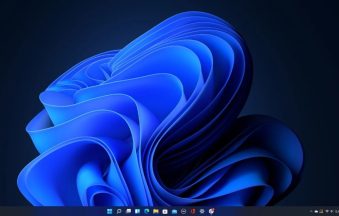A Comprehensive Guide to Windows 10 Operating Systems
Microsoft Windows, one of the most widely used operating systems, has transformed how we interact with computers. The latest iterations, Windows 10 and Windows 11, offer potent features, improved security, and enhanced user experiences. Let’s dive into an overview of both Windows 10 and Windows 11, their differences, and what you can expect from these operating systems.
Windows 10: A Decade of Unwavering Reliability Overview:
Released in 2015, Windows 10 quickly became a favorite among users due to its familiar interface and modern innovations. Built as a successor to Windows 8, known for its tile-based start menu, Windows 10 introduced a more balanced approach, offering the best of both worlds—classic Windows navigation and touch-friendly features.
Key Features of Windows 10:
- Start Menu: Windows 10 reintroduced the classic start menu while incorporating live tiles, blending traditional and modern design for ease of use across touchscreens and regular PCs.
- Cortana Integration: Cortana, Microsoft’s digital assistant, came embedded with Windows 10, allowing users to search the web, schedule reminders, and perform various tasks using voice commands.
- Multiple Desktops and Task View: Windows 10 will enable users to create multiple virtual desktops, making it easier to organize tasks. The Task View feature visually represented all open windows for smoother multitasking.
- Universal Apps: The introduction of Universal Windows Platform (UWP) apps ensured that the same app could run seamlessly across desktops, tablets, and phones, promoting a unified experience.
- Improved Security: Windows 10 boasted robust security features, including Windows Defender, biometric login through Windows Hello, and continuous updates to patch vulnerabilities.
- Game Mode & DirectX 12: For gamers, Windows 10 included a Game Mode that optimized system resources for smoother gameplay, and DirectX 12 delivered improved graphics performance.
Why Windows 10 is Still Relevant:
Even with Windows 11’s arrival, Windows 10 remains a solid choice for those seeking stability and long-term support. It is expected to receive updates until October 2025, ensuring security and feature enhancements. Additionally, Windows 10 runs smoothly on older hardware, making it a viable option for many users.








Add comment